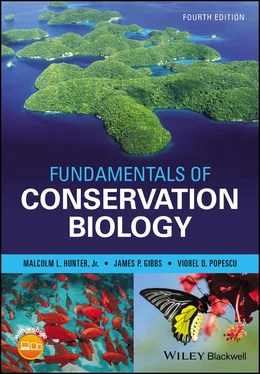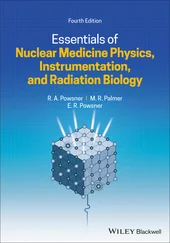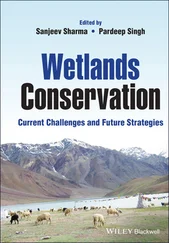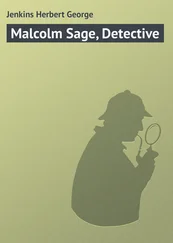1 ...6 7 8 10 11 12 ...45 
Figure 1.2 Mount Fuji [ top ] has been a sacred mountain for the Buddhists and Shintoists of Japan for many centuries. (Tofoli.douglas/Flickr/Public domain) For the indigenous people of the Pacific Northwest, totem poles [ bottom ] often depict species that represent family identity and history, and have a sacred role in their culture.
(Bernard Spragg/Flickr/CC0)
The first environmentalists were probably citizens of our earliest cities, more than 2000 years ago, who demanded sewers and chimneys to mitigate the impact of water and air pollution, respectively. For example, the Cloaca Maxima (which literally means “greatest sewer”) was built in Rome around 600 BCE. The industrial revolution accelerated urbanization and brought its own problems such as coal burning and factory discharges into water bodies. Environmental issues became much more high profile after publication of Rachel Carson’s 1962 treatise on pesticides, Silent Spring , and a global environmental movement finally coalesced at the first United Nations Conference on the Human Environment, in Stockholm in 1972. This event marked the beginning of an era of considerable effort toward environmental protection at the global, national, and local levels with many organizations created, laws passed, and treaties ratified.
The elements of modern ecology can be traced to Hippocrates, Aristotle, and other Greek philosophers, but it was probably Alexander von Humboldt (1769–1859) who first articulated truly sophisticated ecological ideas, for example linking air pollution and deforestation to climate change (Wulf 2015). Nevertheless, the word “ecology” was not coined until 1869. Scientific societies of ecology and ecology journals followed in the early 1900s, and ecology soon proved useful in developing a scientific basis for forestry and other areas of natural resource management. However, ecology did not move into the public eye until the advent of environmentalism. As the environmental movement spawned new government agencies, advocacy groups, and consulting firms, universities educated large numbers of young ecologists to fill these organizations. Schools at all levels began informing students about the relationships between organisms and their environment. Consequently, there are now many professional ecologists and other experts who focus on the science of solving environmental problems, and many more people who are activists and call themselves ecologists out of concern for these issues.
An Overview of Conservation Ethics
It is easy to describe the history of conservation in terms of political benchmarks such as the passage of laws, but these are only a manifestation of a more fundamental process: the evolution of human value systems or ethics with respect to the environment. We will encounter conservation ethics in many chapters and will focus on the topic in Chapter 15, “Social Factors,” but a brief preview here will complement our history of conservation and will provide a foundation for later chapters. To do so, we place conservation ethics into an historical context using three people – John Muir, Gifford Pinchot, and Aldo Leopold – as the vehicles to describe three fundamental ethics that underpin conservation today: the Romantic‐Transcendental Preservation Ethic, the Resource Conservation Ethic, and the Evolutionary‐Ecological Land Ethic, respectively ( Fig. 1.3) (Callicott 1990).
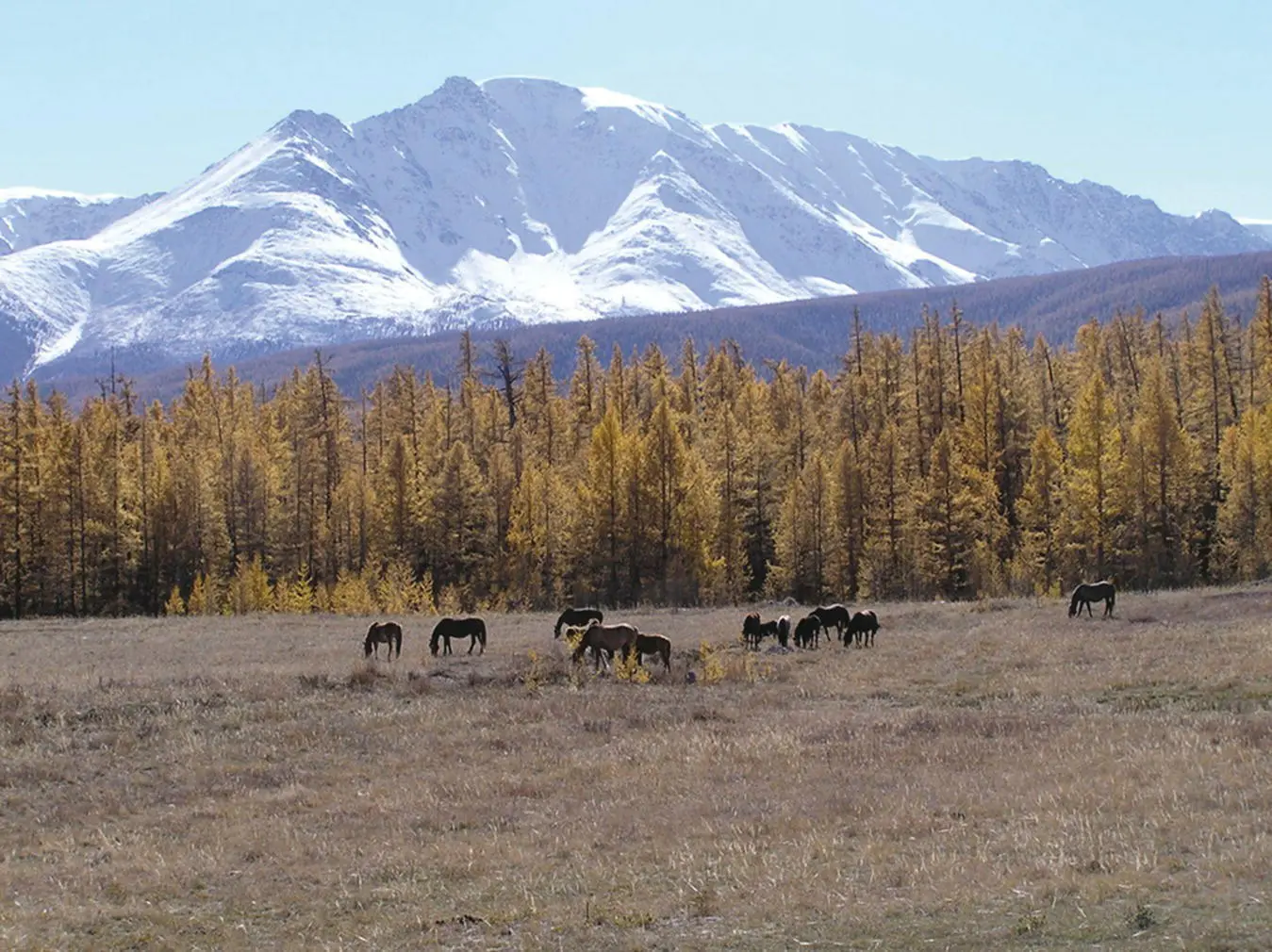
Figure 1.3 Put yourself in the shoes of John Muir, Gifford Pinchot, and Aldo Leopold to view this landscape. How does this influence your perspective?
(James P. Gibbs, author)
The Romantic‐Transcendental Preservation Ethic became the basis for political action, most notably in the hands of John Muir (1838–1914), the writer and naturalist who founded the Sierra Club. Muir believed that communion with nature brings people closer to God (thereby providing a “transcendent” experience) and that visiting ancient forests and alpine meadows for this purpose is morally superior to using them to cut timber or graze livestock. In other words, nature is a temple that is sullied when people exploit it. Obviously, such an ethic puts a high premium on establishing parks to preserve nature.
At about the same time that Muir was calling for extensive preservation, Gifford Pinchot (1865–1946) was formulating a very different value system, the Resource Conservation Ethic . Pinchot was a forester and politician and founder of the US Forest Service. To Pinchot, nature consisted solely of natural resources that should be used to provide the greatest good for the greatest number of people for the longest time. This was not a call to plunder the land but rather to use it in a way that distributes benefits fairly and efficiently among many people, rather than among a few lumber barons and cattle kings, as was largely the case in his day. It also advocated wise, judicious use of natural resources so that future generations would not be shortchanged. By recognizing aesthetics as a resource, the Resource Conservation Ethic even found room for a modest amount of preservation to accommodate Transcendental philosophers and Romantic poets. Given these precepts and a history of overexploitation, Pinchot believed that natural resources should be owned or regulated by government.
Although there was a profound gap between Muir’s and Pinchot's ethics, they both espoused an anthropocentric (people‐centered) view of nature. They both wrote of nature's utility — its instrumental value in the terminology of philosophers. One promoted nature as a source of spiritual enlightenment, the other as a source of commodities, but neither claimed that nature had intrinsic value, value independent of its usefulness.
With the emergence of the science of ecology and the writings of Aldo Leopold (1886–1948) – known as the founder of wildlife conservation as a professional discipline and, ironically, a man who began his career eradicating predators but ended it as a strong advocate of wilderness – one finds a utilitarian perspective of species being questioned:
Ecology is a new fusion point for all the sciences. The emergence of ecology has placed the economic biologist in a peculiar dilemma: with one hand he points out the accumulated findings of his search for utility or lack of utility in this or that species; with the other he lifts the veil from a biota so complex, so conditioned by interwoven cooperations and competitions, that no man can say where utility begins or ends.
(Leopold 1939)
Leopold was explaining that because nature is an integrated system with transcendent properties and functions beyond a mere collection of the species that comprise it, each species is important as a component of the whole and thus has instrumental value because of its role in an ecosystem. This was the key idea that spawned the Evolutionary‐Ecological Land Ethic . It took Leopold’s ethical vision beyond the choice of either preserving nature as inviolate or efficiently developing it. Muir wrote of the equality of species in religious terms; Leopold expressed equality in ecological terms. Pinchot (1947) stressed the dichotomy between people and nature (“there are just two things on this material earth – people and natural resources”); Leopold thought of people as citizen‐members of the biotic system. Leopold’s ideas gave people the right to use and manage nature and the responsibility of doing so in a manner that recognized the intrinsic value of other species and whole ecosystems. Indeed, he contended that the very tools that had been so frequently used to destroy the environment (namely the axe and the plow) could also be creatively applied to heal it, especially if guided by science.
Читать дальше
